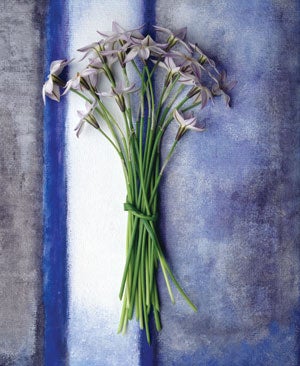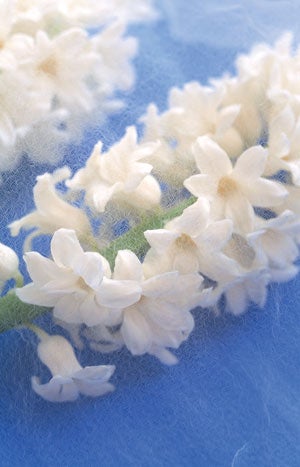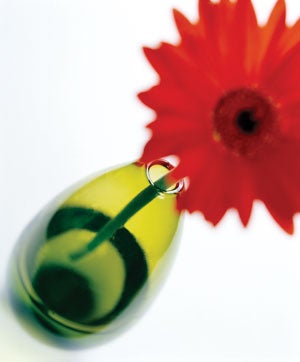Floral still lifes: Ten top tips, page 2 – taking the photo
 5. Composition
5. Composition
I prefer to compose in camera rather than later, in Photoshop. Attention to detail is very important for a still-life image. Taketime to think about where you place your subject matter in the frame. When choosing what to photograph, ensure there are no imperfections as these are magnified when working in close-up, dead or damaged leaves or petals should be removed before shooting. Look at the shape of the stems as well as the flower head. A quick way to create strong visual impact is to shoot overhead.
 6. Depth of Field
6. Depth of Field
Aim to get just enough of the scene in focus to capture the detail of the flower but not the background, unless it’s part of your composition. Throwing the background out of focus, either by using a wider aperture or placing the background far enough away from your subject, can also be a great way of hiding imperfections. Shallow depth of field can also be used to draw the eye to a single flower or stamen. The depth of field preview button allows you to see what will and won’t be in focus. In this image I have used a piece of chiffon material to enhance the softness of the petals and increase the shallow depth of field.
 7. Use Props
7. Use Props
Still-life photographers have a huge collection of props and backgrounds to choose from that, with careful selection, can help create an attractive composition. Look to see what you have at home first. Perhaps you have wrapping paper, wallpaper or unusual fabrics. As well as backgrounds, you might want to start collecting interesting vessels to place your flowers in. Car boot sales are a great place to find inexpensive and unusual vases. Make sure, though, that there are no visible cracks or chips to the part you want to include in your composition.
(All images by Emma Peios)




